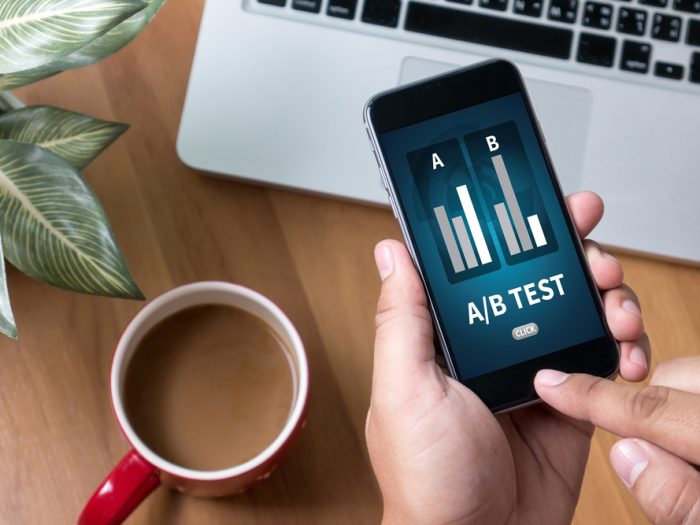The importance of SEO has increased to the point where ranking on the first page of search engine results pages (SERPs) is no longer sufficient.
Google is always attempting to make sure that online searchers get the most relevant information without having to go to a website.
The SERPs of today are a treasure trove of information. It’s no surprise that 50 percent of internet searchers don’t click on search results because of features like featured snippets and map listings. They can find the solutions directly on the search engine results page!
Types of information you can get today without clicking on search results
Be sure to find direct answers if you are carrying out any of the following searches, to name a few:
- Location of places such as hotels including their prices, availability, and even booking.
- Celebrity profiles and latest news
- Language translator
- Currency conversions
- Definitions
- Weather
If you were settled on ranking at number one, you need to think again. To become more competitive, it is time to implement On-SERP SEO
What is On-SERP SEO?
On-SERP SEO is a method of improving organic ranks that goes beyond the traditional methods of obtaining a solid keyword and a few high-quality backlinks.
It’s all about expanding your On-SERP presence so that even if consumers don’t click on your website in the search results, you get business value from particular keywords.
Is it worth ranking in search results if users do not click?
That could be the question you’re thinking about right now. You’re aware that in order to get conversions, visitors must visit your website, right?
The short answer is that it is extremely useful to the image of your company. It is beneficial to appear as an industry expert because it can lead to subsequent branded searches. Consider the picture you want to project and write content and keywords to support it.
However, you can still ensure that you benefit from ranking in the SERPs by:
Choosing keywords with a high Click-through Rate (CTR)
From the onset, when selecting your keywords, go for those with a high CTR when you want to be displayed in direct answers. You can check the CTR of your keywords using an SEO tool like MOZ.
Changing your strategy
If you provide all the answers or the complete answer in the SERPs, users will not have a reason to visit your website. The best technique is to display only a part of the answer so that you give visitors a reason to visit your website.
How to build your On-SERP SEO
Do you want to increase your SERP presence? In this article, we will look at different parts of the SERP and how you can optimize your presence to gain SEO relevancy.
Parts of On-SERP SEO
The various parts that you will find in a SERP page are;
1. Meta descriptions and title tags
2. Use breadcrumbs
3. Google My Business
4. Featured snippets and People also ask (PAA) section
5. Schema markup
6. Video and image results
7. Map pack
Let’s look at these features below and how you can leverage them to improve your SERP presence.
Meta descriptions and title tags
Forgetting to write a meta description or writing one that does not appeal to readers is hurting your SERP SEO. There are some non-negotiable features that your meta description should have. One, it needs to be no longer than 160 characters. Two, it must give a clear value proposition that answers the user’s question, ‘what’s in it for me?’
It is, however, not enough to do the bare minimum with a meta description. You also need to:
- Have an appealing call to action (CTA) that motivates readers to click on your site.
- Ensure you stand out by watching your competition especially from Google AdWords carrying similar keywords.
- Write in appealing text.
- Include numbers or figures that draw readers in.
- Google My Business (GMB)
Great visuals are a plus on Google. You can make your GMB stand out by including all the current and relevant information you can. The following features can also help you stand out;
Images and videos
Have a square-sized logo image that clearly spells out your brand. Include a cover photo that showcases your business personality. You should also put in different kinds of photos to showcase particular business features.
Ensure that all the images and videos follow the best practices for GMB photos.
You can also add optimized videos to your GMB.
Include snapshots from Wikipedia
Learn how to create a Wikipedia page for your company if you do not have one already. You will greatly benefit when you showcase that information on your GMB.
Get as many positive business reviews as you can
Reviews increase the credibility of your business. Monitor and respond to customer reviews. If there are negative reviews, reach out to customers to get better ratings.
Reviews increase the credibility of your business. Monitor and respond to customer reviews. If there are negative reviews, reach out to customers to get better ratings.
Use breadcrumbs
Bread crumbs are navigational tools that help users know what is on your website and at the same time help Google to understand the structure of your content. Adding bread crumbs to your site enhances user experience and Google loves this. Below is an example:
For your content to appear in the PAA section, you need to tailor it to answer direct questions. These include:
- Having question and answer sections in your content such as FAQs.
- Structuring your content using headers (H1, H2, H3, and so on).
- Formatting your content in the form of lists.
- Schema markup
Schema markup is a code that you can use on your website to help search engines understand your content. The markup increases the chances of Google top-ranking your content. There are so many types of schema markup and you can use them in just about any of the content on your website, from articles to images, videos, and products.
Based on the search results, you can detect if a website has employed schema markup. The URL, title, and meta descriptions of the site will be the only things included in a standard result:
Schema markup adds more information to a page and explains it to Google. This enhances the likelihood of it being included as a rich result on Google.
Images and Videos
When Google believes that photos and videos are the best method to answer a query, it may serve them to consumers. Images and videos can be found anywhere in the SERP, from featured snippets to the PAA section and even further down.
It’s critical to optimise your videos and photos since if your content fails to rank in the SERPs, an image or video you have could.
To increase the chances of your content appearing in search results, include image and video schema markup.
You can also optimize images for search by:
- Choosing highly relevant images.
- Using either of the most common formats which are GIF, PNG, and JPEG.
- Compressing them to reduce load time using a tool such as Compress JPEG.
- Using alt text and keyword-rich file names when saving them in sites such as Pinterest.
One of the best strategies to get on Google’s SERPs, especially for local results, is to use the Google 3 map pack. You can also use map embeds to improve SEO in other locations, such as the content of your press releases.
Final words
Optimizing for On-SERP SEO can see you make big leaps in your business, so go ahead and implement these strategies. While at it, ensure that all the content that you create is of superior quality to avoid high bounce rates should web users click on your result.
There’s only one way to truly simplify SEO Agency for businesses in London (without you needing to learn it all from scratch): hire experts to work with you and improve your SERPs. Need help with your SEO Agency? We’d love to hear from you, get in touch with Able Media’s Digital Marketing Agency and our SEO experts today!




